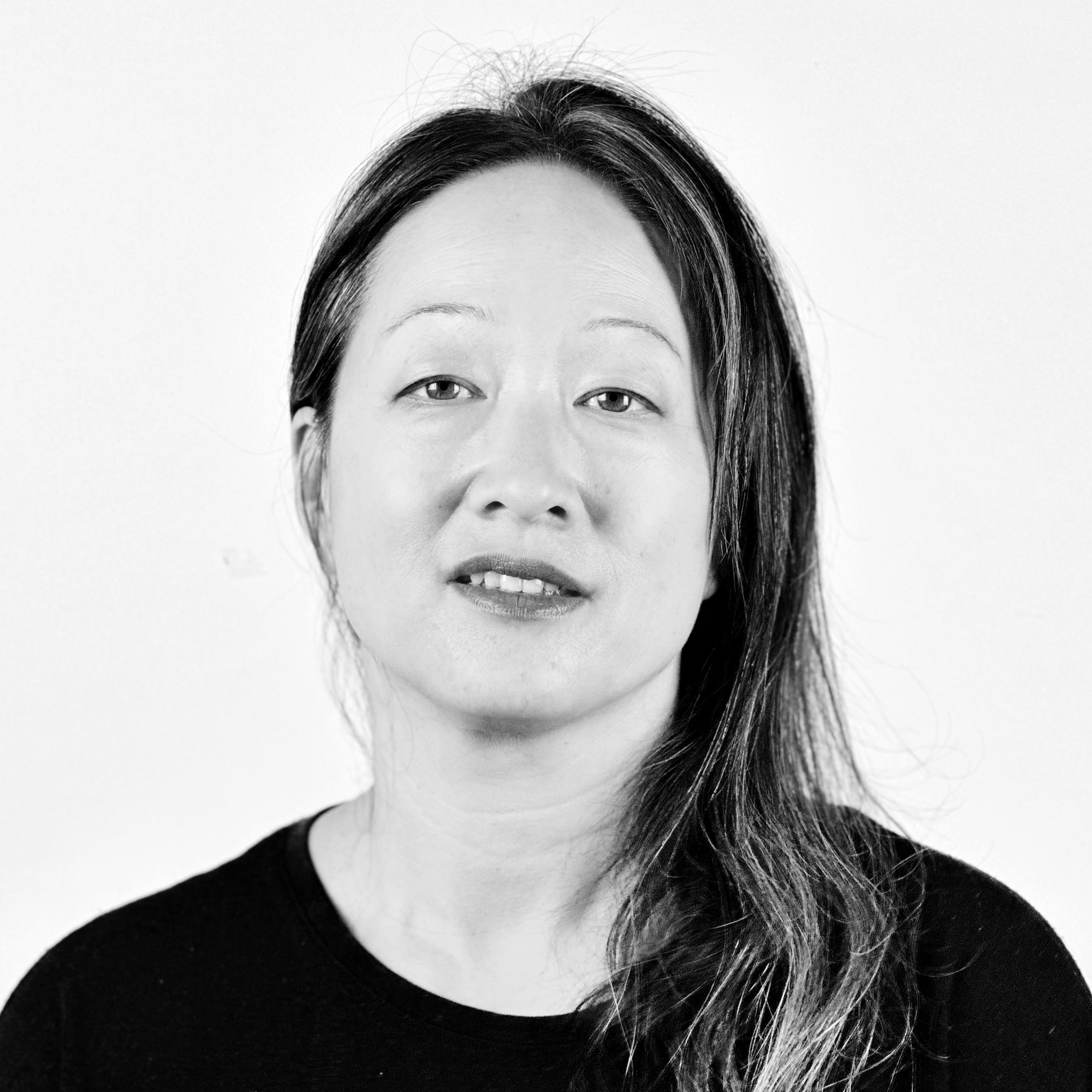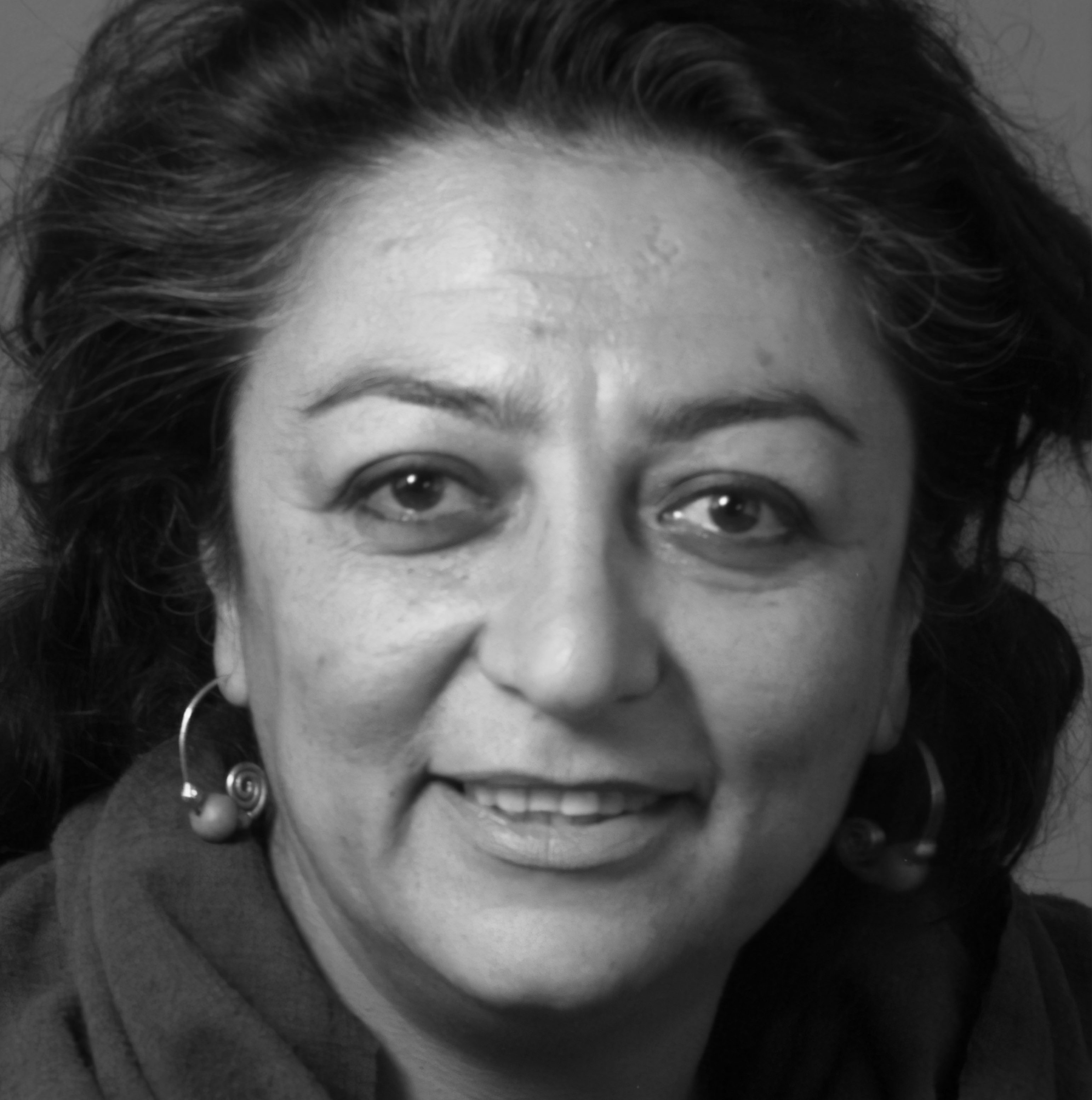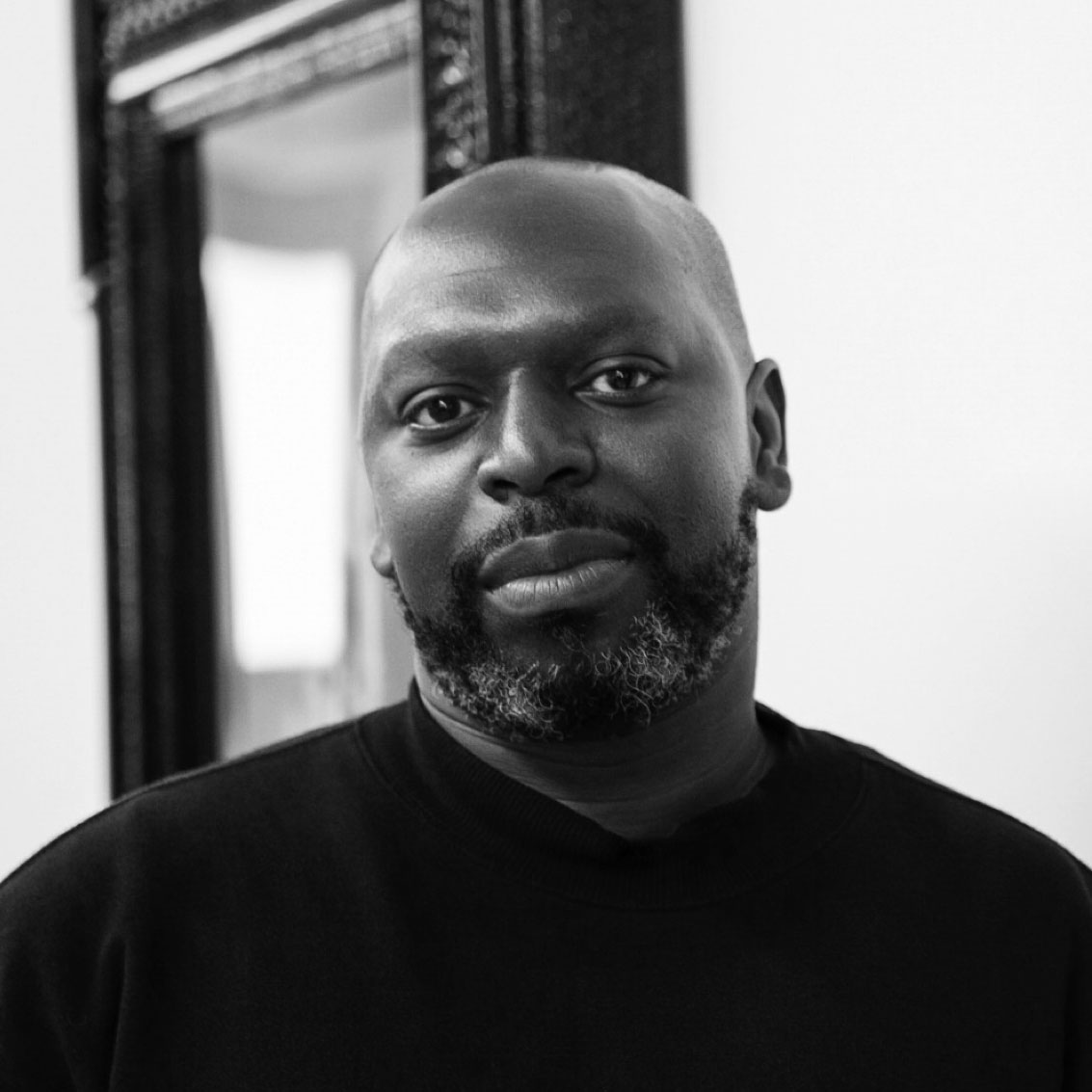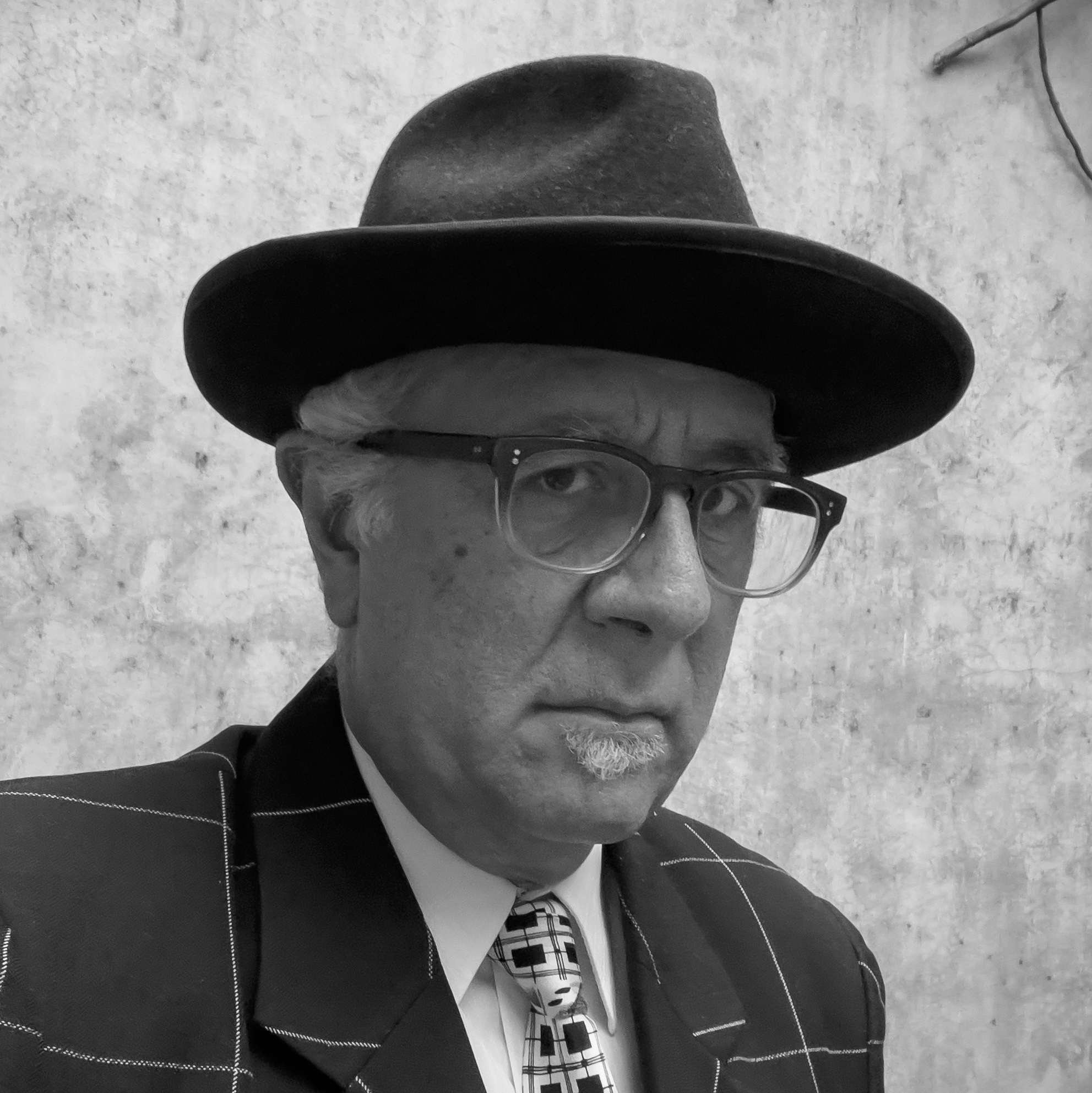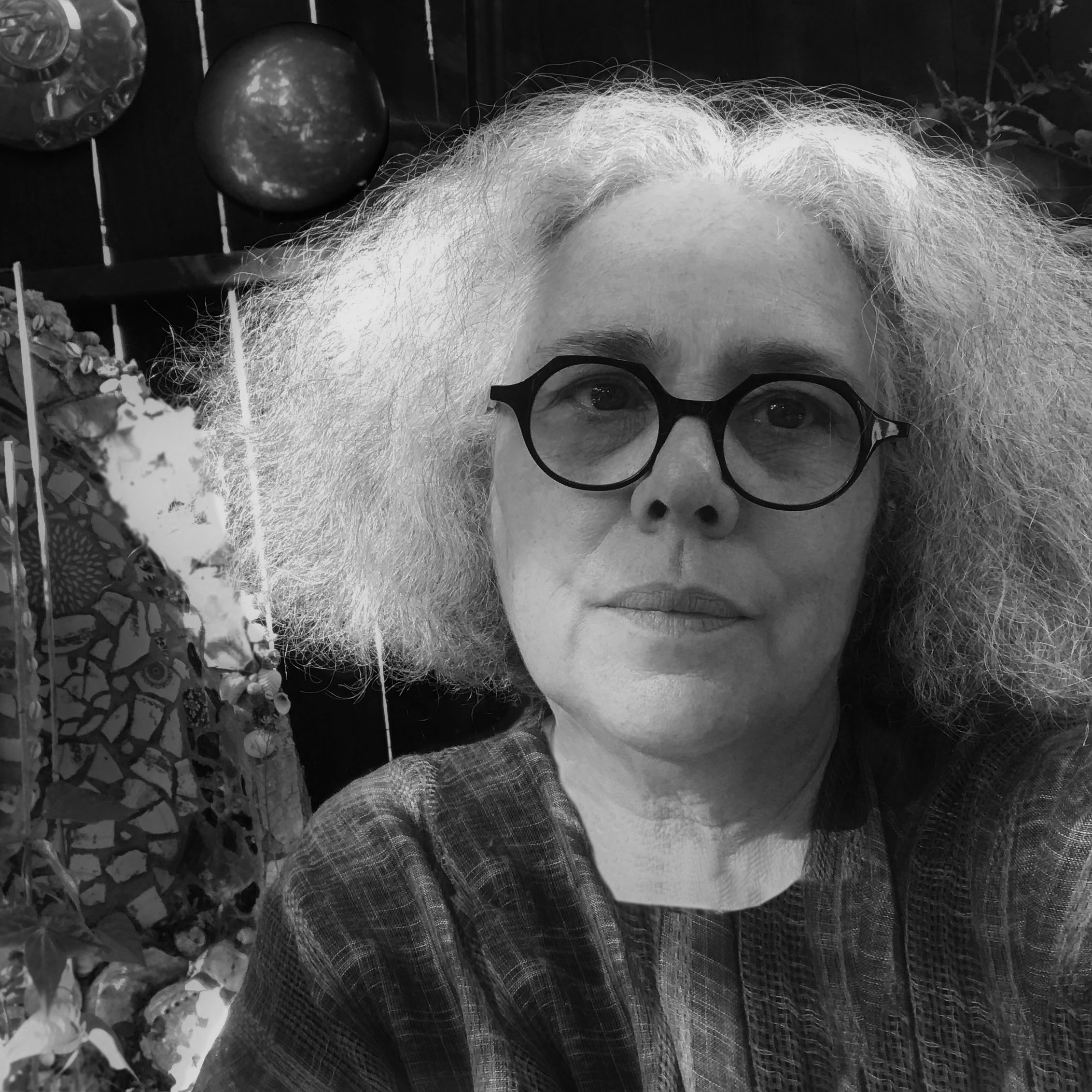LACMA × Snapchat: Monumental Perspectives (Collection III)
LACMA × Snapchat: Monumental Perspectives (Collection III)
Monumental Perspectives brings together artists and technologists to create augmented reality monuments that explore just some of the histories of Los Angeles communities in an effort to highlight perspectives from across the region. In consultation with community leaders and historians, the third and final cohort of artists, Victoria Fu, Yassi Mazandi, Rashaad Newsome, Ruben Ortiz Torres, and Alison Saar, use the lens of collective ancestral memory to examine the individual and communal legacies we leave today.
Visitors can experience the augmented reality monuments at site-specific locations across Los Angeles including LACMA, Lincoln Park, Los Angeles State Historic Park, Santa Monica, and Exposition Park. The monuments can also be experienced by anyone around the world on Snapchat by searching in Lens Explorer or scanning the QR codes below. Read on to learn how to experience the virtual monuments, and see last year's Monumental Perspectives Collection II here.
There are a total of 13 monuments placed throughout Los Angeles, each activated over several years in series of three collections.
Collection I: Information about five monuments here.
Collection II: Information about three monuments here.
Collection III: All five monuments are listed on this page.
LACMA × Snapchat: Monumental Perspectives is made possible by Snapchat. Major support for the initiative is provided by the Mellon Foundation.

- Sep 7, 2023–Jun 30, 2024
- Various locations throughout Los Angeles County via Snapchat
LACMA × Snapchat: Monumental Perspectives is made possible by Snapchat. Major support for the initiative is provided by the Mellon Foundation.


